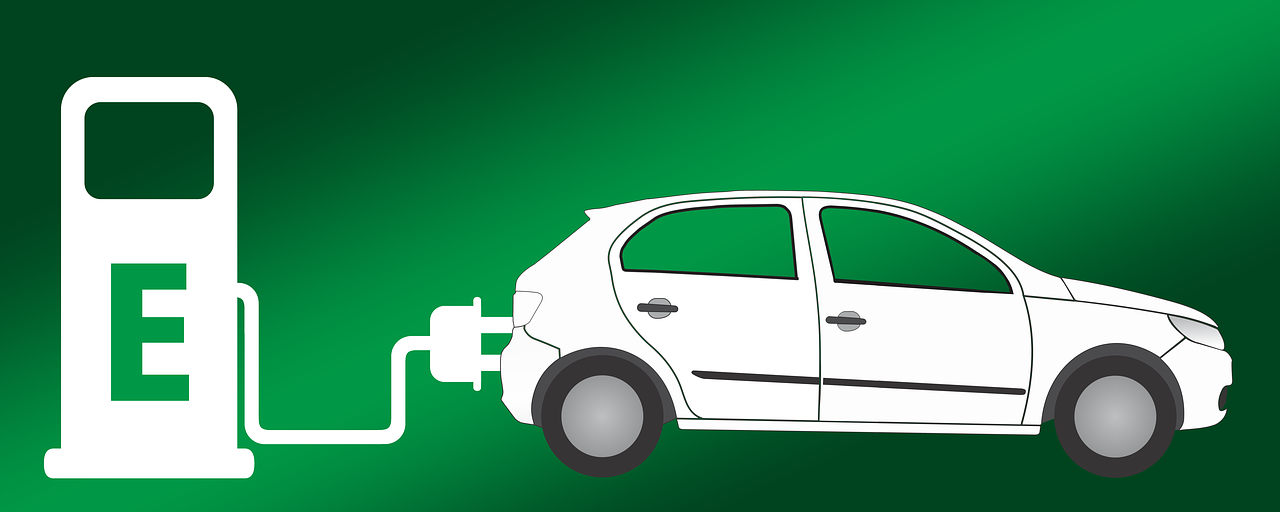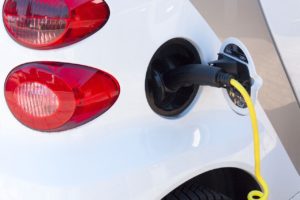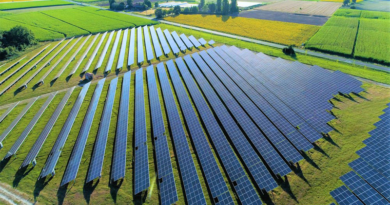Inter Ministerial group lays out Rs 5500 Cr FAME Plan, All EVs To Get Subsidy Support
 Next Stage of EV policy is here
Next Stage of EV policy is here
Updated on Monday, 1:55 p.m
The Fame II scheme will be kicked off on October 1, 2018. FAME II will offer subsidies to all categories of electric vehicles including two-wheelers, three-wheelers, as well as four-wheelers including taxis and electric buses.
After the mixed results with its Faster Adoption and Manufacturing of Hybrid and Electric Vehicles in India (FAME scheme) phase 1, an inter ministerial panel has come out with its recommendations for Phase 2 of FAME. Unlike what was feared, the panel decided to offer subsidy to all categories of electric vehicles, including two-wheelers, three-wheelers and four-wheelers, to promote green vehicles and check pollution.

“Incentives will be provided on purchase of two-wheelers as well as three-wheelers and four-wheelers including taxis and electric buses used in public transport to check pollution. However, strong hybrid vehicles will not be entitled to sops anymore,” a government official said to a news agency.
Top officials from finance, road transport and highways and heavy industry ministry, among other departments, participated in the meeting.
Representatives from government think tank NITI Aayog were also present, sources said.
Also Read: EESL Opens Challenge To Make Cheaper, More Efficient EVs
At present, the incentive is being offered on purchase of strong hybrid and electric cars, two-wheelers and three-wheelers under the Faster Adoption and Manufacturing of Hybrid and Electric vehicles in India (FAME India- I) scheme.
Under the scheme, depending on technology, battery-operated scooters and motorcycles are eligible for incentives ranging between Rs 1,800 to Rs 29,000, while in three-wheelers it is between Rs 3,300 and Rs 61,000. Cars could get incentives upto Rs 138,000. This would cover existing cars in the market, like the Mahindra Verito or the Tata Tiago electric. At Rs 10,000 per Kw, These cars, which typically have a 14 Kw battery will max out at Rs 1,40,000. Total subsidy will be capped at 20% of the cost. With some state governments throwing in an additional subsidy, taking the amount to over Rs 1.5 lacs in cases. However, Hybrids and Trucks become notable exceptions in the new policy.
At present, automotive manufacturers claim the incentive from the government at the end of each month.
With an aim to promote eco-friendly vehicles, the government had launched the FAME India scheme in 2015. The ongoing pilot phase of the scheme was earlier extended till September this year or until its second phase is approved.
Last April, Mild hybrid technology was excluded from the benefits of the FAME India scheme citing that a mild hybrid vehicle which has an electric motor, on its own cannot run a vehicle but assists normal engine by using recovered energy stored in a battery and helps save fuel. Earlier, mild hybrid, strong hybrid, plug-in hybrid and pure electric vehicles were given incentives under the scheme.
The 8 fold jump in allocation points to some serious optimism, plus visibility, as far as electric mobility adoption goes. It is also probably driven by pressure from the auto sector, which was taken aback when the government earlier announced its intention to focus on subsidising only public transport and infrastructure. At current prices, or even projected prices until 2020, it would have been a very hard sell for the industry to sell EV’s, without subsidies. In fact, as winter dawns and pollution levels ratchet up, expect pressure on municipal authorities in large cities to go up to, to provide incentives in the form of parking discounts, free charging, and more to EV’s.
2018-19 is also looking to shape up as a year when EV charging infrastructure finally comes into its own, with a number of private as well as public sector players announcing significant plans to start establishing their networks. Expect to see specific incentives and sops for that too, in due course.
Also Read: EVs to account for 35% of vehicle sales in India by 2030, says Frost & Sullivan




